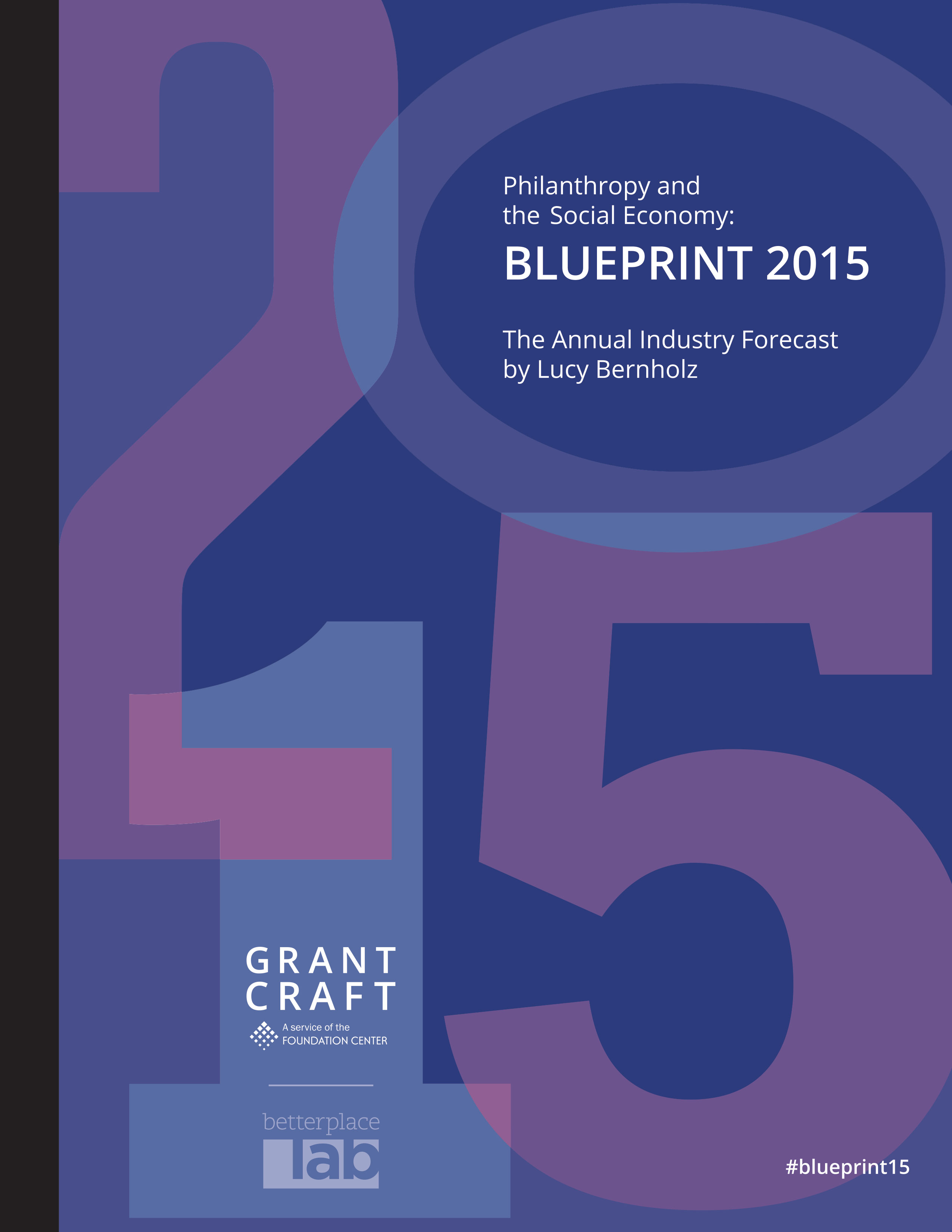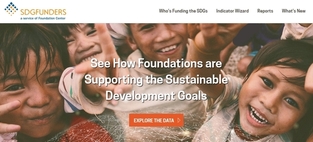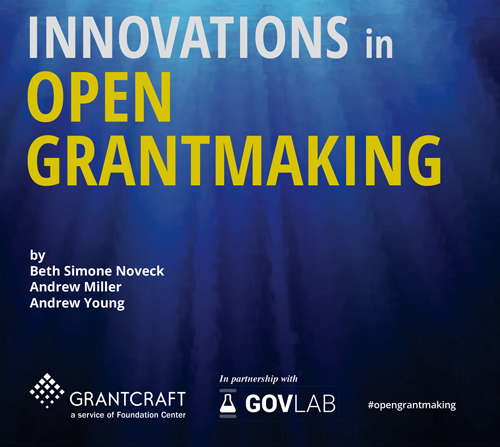Mapping DACA: New Tool Tracks Philanthropy’s Investments in Program for Immigrant Youth
In June 2012, the Obama administration announced a new policy directive that provided the opportunity for nearly two million immigrant youth and young adults across the country to apply for Deferred Action for Childhood Arrivals (DACA). This temporary form of relief offers eligible immigrants a possible reprieve from the threat of deportation and has the potential to encourage immigrant students to continue and/or complete their education and enter the formal economy.
As word of this historic opportunity spread, foundations from California to New York and Oregon to North Carolina responded. Despite differences in grantmaking and geographic priorities, these funders seized the opportunity to meet the pressing needs of DACA-eligible immigrants in communities across the country by supporting a wide range of implementation activities, including expanding outreach efforts and eligibility screenings, and helping applicants meet educational requirements and cover the cost of the $465 application fee.
Foundation Center and Grantmakers Concerned with Immigrants and Refugees are pleased to announce the launch of the DACA Grants Map, which provides the first-ever comprehensive overview of related investments. This tool offers information on the geographic areas served by DACA-related grants and grant details such as dollar amount, duration, date issued, strategies supported, and investment type.
Collectively, these investments have had a direct and measureable impact on the lives of the more than half a million immigrant youth and young adults living, working, and contributing in communities across the country. With support from the philanthropic sector, the vast majority of these young people applied for DACA successfully.
We also hope the map serves to emphasize that work remains to be done. There are a million and a half youth and young adults who have yet to apply for DACA, many of whom represent the "hard-to-reach." These individuals face a variety of obstacles: a significant number do not meet the program's educational requirements; others cannot afford the application fee or need help with documentation; those in rural communities may lack access to services; and some face community-based stigma around their undocumented status. Scan the map and you will notice large swathes of the country with little or no philanthropic activity specific to DACA implementation. Take Florida, an immigrant stronghold and home to the country's fourth-largest DACA-eligible population. Only one DACA-related grant has been reported in the state versus eighteen in North Carolina, despite Florida having nearly three times as many eligible immigrants. In short, we need to "fill the map."
A quarter of the way into the New Year, the fate of comprehensive immigration reform efforts remains uncertain. Meanwhile, there are thousands of immigrant youth and young adults for whom a successful DACA application would take them a step closer to the American Dream. As we wait for action on the federal level, we must seize the available opportunities — and assure that we fulfill the romise of DACA. For additional information and funding recommendations, visit GCIR's DACA resource page, or contact Michael Kavate, research and communications associate. And if you don’t see your organization’s grants listed, there is still time to submit them, as the map will be updated on a quarterly basis.
Sincere thanks are owed to all who helped this project, with special recognition to the tireless efforts of Walter Barrientos, GCIR project manager; Matthew Ross, manager of special data projects at the Foundation Center; and Nina Gantcheva, the center's manager of strategic philanthropy.
This and other Foundation Center maps are examples of tools that funders can use to Scan the Landscape more effectively. Interested in developing a map? Email us. This blog was re-posted with permission from PhilanTopic.




